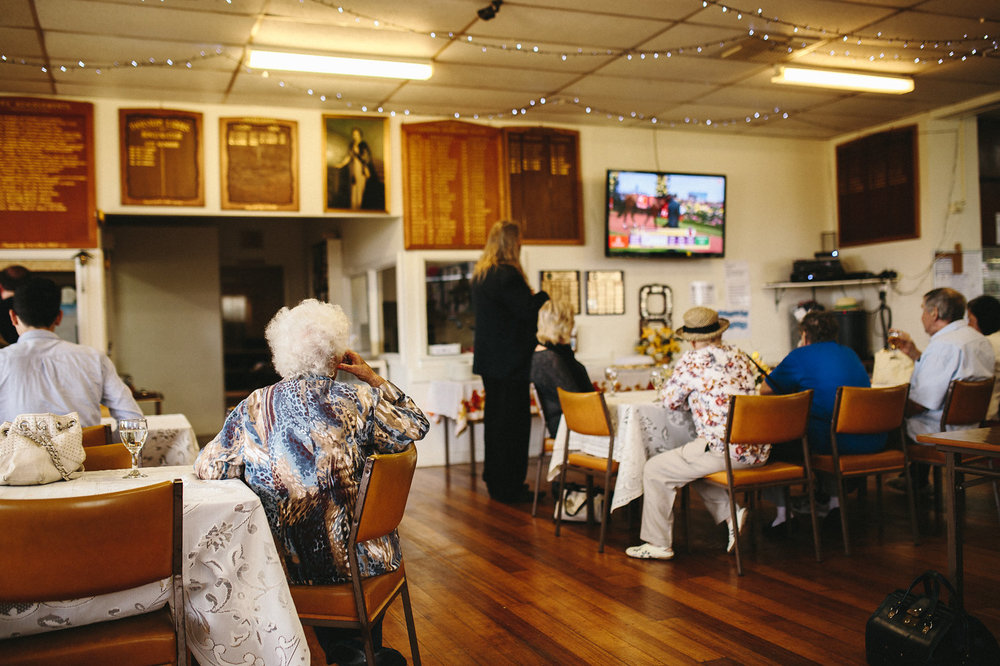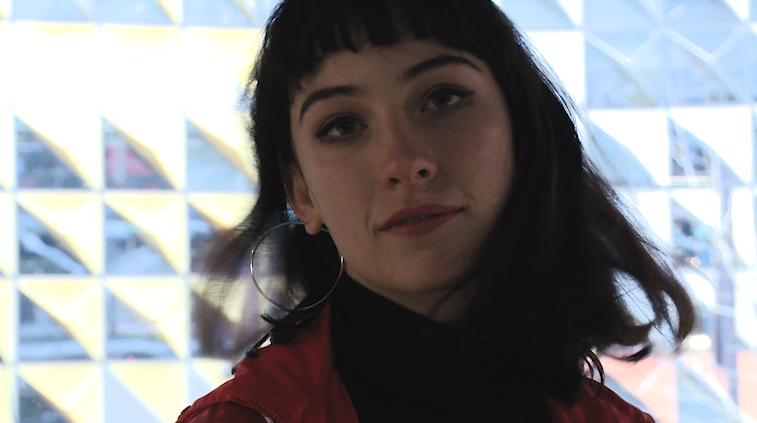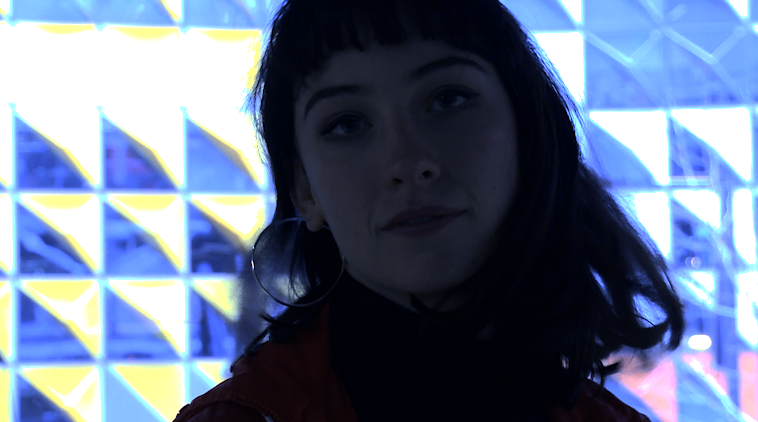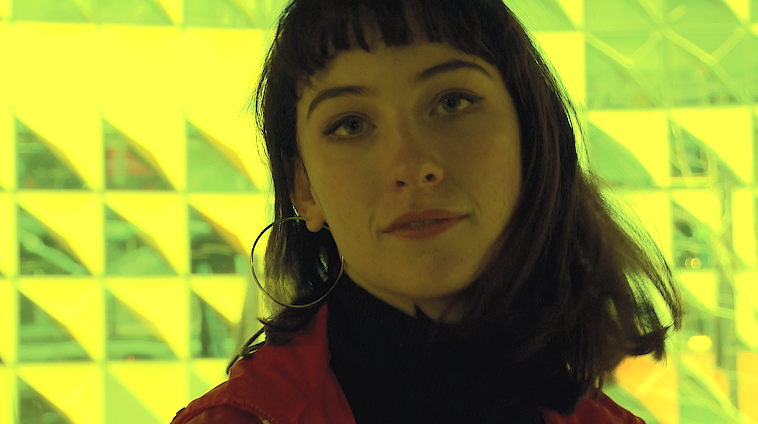For our filming projects it was likely there would be limited pans, as our tripods were essentially moulded plastic made to look like a tripod, yet certainly not act like one. This has inspired in me a deep yearning to create a beautiful pan, the likes of which are best left unseen – if you know what I mean.
A lot of the time pans are used in obvious ways, they almost act as an obvious cue for you to look at a certain character, object or space. However, many pans in film remain unseen and it is these which work to the greatest effect. When a pan follows an action so smoothly that you don’t even notice it, you are drawn further into that action, character and world. One director that does this with great effect is David Fincher.
David Fincher tends to keep his camera super controlled, i.e. he sticks his camera on a tripod and rarely uses handheld. This means that when Fincher wants to follow the action of a character that he often uses panning shoots, even when it comes to the smallest movement. This means that Fincher or I guess his cameraman, must be capable of following a characters every movement; with appropriate pacing and timing. So appropriate that the audience shouldn’t even notice it.
In this three minute sequence we have over 10 pans, with all of them feeling very smooth and natural – almost unnoticeable, as they move with the characters. The camera does not move every time a character or object moves, but it does always move when the main object or character of focus is moved. As the audience should be guided to look at this main object it makes sense that the camera is purely following their actions and not the reactions of other characters also. In between pans the camera is locked off and we get to watch the action unfold. David Fincher makes it feel as if you are an omniscient being getting to watch the action unfold, only moving as something or someone propels the action to unfold in front of your eyes.
Pan #1 – 0:01
The camera pans slightly to the left to follow Christy’s (Brenda Song) movement as she enters the room.
Pan #2 – 0:09
The camera pans upward precisely following the movements of Eduardo (Andrew Garfield) as he raises his head to speak to Christy.
Pan #3 – 0:47
The camera pans slightly to the right to follow Eduardo’s movement as he leaves the room.
Pan #4 – 0:53
The camera pans slightly to the right to follow Eduardo’s movement as he answers the phone.
Pan #5 – 1:19
The camera pans to the left to follow Mark’s (Jessie Eisenburg) movement as he paces.
Pan #6 – 1:41
The camera pans to the right to follow Eduardo’s movement as he searches the cupboards.
Pan #7 – 1:47
The camera pans to the left to follow Eduardo’s movement as he puts out the fire.
Pan #8 – 1:49
The camera pans downwards to follow Eduardo’s movement as he squats slightly.
Pan #9 – 1:54
The camera pans upward as Eduardo leaps for his phone.
Pan #10 – 2:03
The camera pans to the left to follow Mark as he paces.
Until next time,
Louise Wilson












Recent Comments